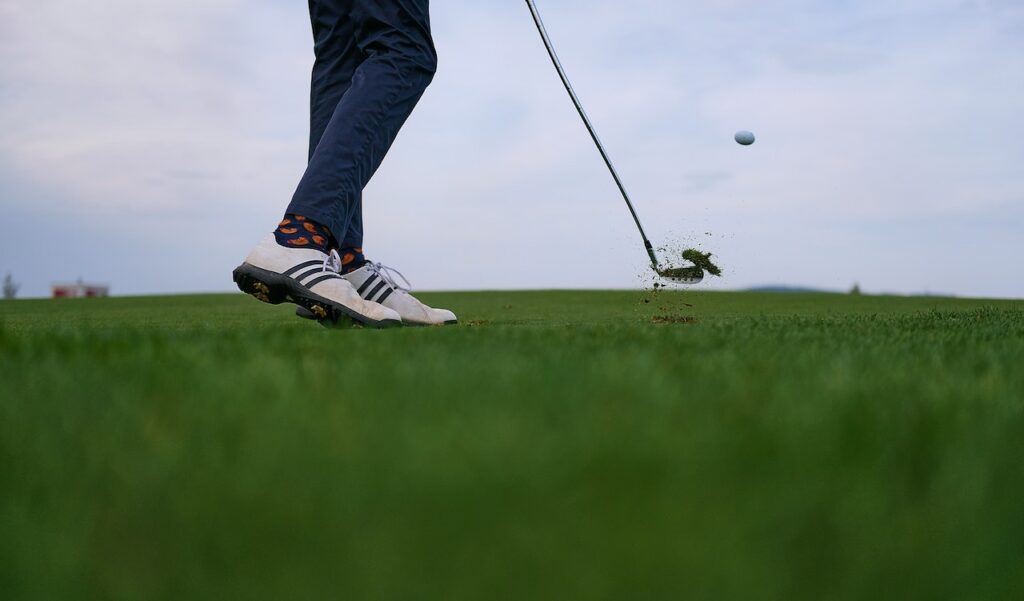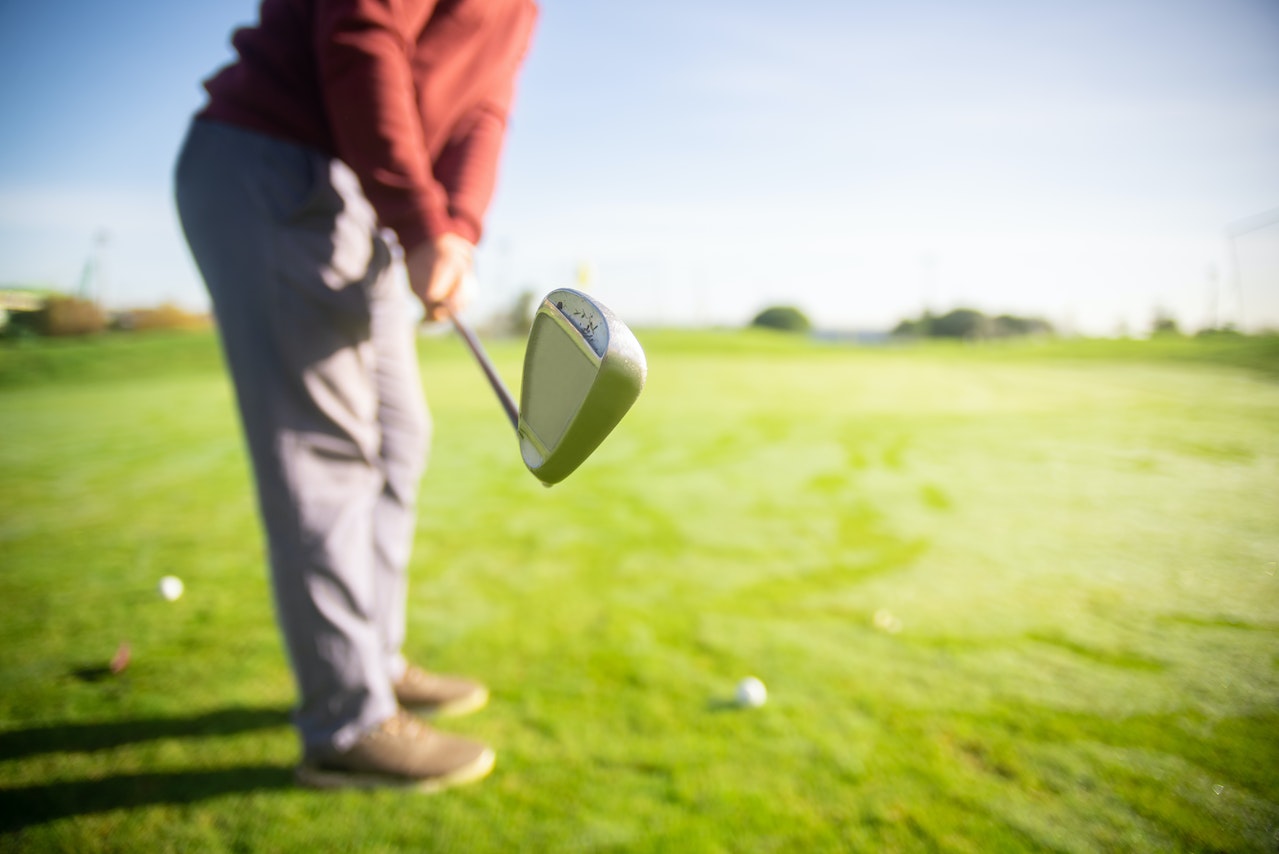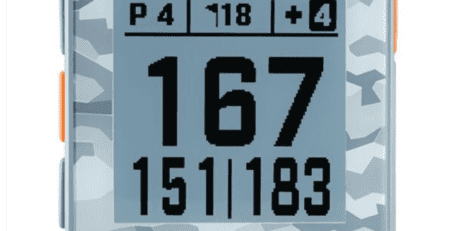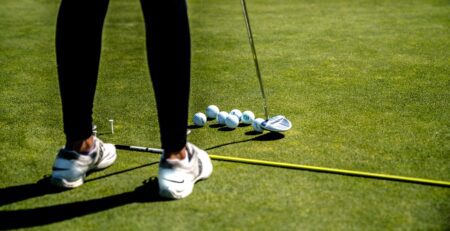Tips to Improve Your Golf Game!
It is crucial to be in the middle of the fairway or green for an enjoyable round. Unfortunately, just as common – if not more so – is the frustration a hooked, topped or scuffed shot can bring.
In order to get back on track, we have compiled 10 expert tips to assist you in finding your ball in the rough!
PRE-STRIKE POSTURE
To maximize your chances of hitting the ball where you want it, you need to get a number of things right before you even think about hitting it. There are several factors that influence your stance, club distance, knee bend, and overall body posture. If you do these things too much or too little, you will spend more time in the rough than you want.
POSITION OF THE BALL IN YOUR STANCE
The stage at which the ball is hit is just as important as the swing itself. When using a driver, the ball should be nearer to your front foot, whereas when using an iron, the ball should be left of centre.

KEEP YOUR STEADY
It is important to keep your eyes on the ball until the follow-through is complete. If you move your head too early, you will most likely lose all the hard work you have put into your posture and swing.
TURN YOUR TORSO, NOT JUST YOUR ARMS
Good golf swings generate power from the whole body, not just from a rigid torso with the arms doing all the work. An insufficient body rotation leads to an inefficient swing. On the backswing, you need to rotate your left shoulder to be almost above your right foot, and on the downswing, you need to rotate your left shoulder to be almost above your right foot.
PITCH LIKE A PRO
Unlike driving from the tee or using an iron from the fairway, chipping involves a very different art and swing. Your hands should always remain in front of the ball and club on the backswing and your club should never go above parallel to the ground.

ESTABLISH A PUTTING ROUTINE
Even the greatest players can be reduced to jelly by nerves, getting close to the hole, and a host of other factors. When it comes to putting, finding a routine that works for you is key. Whether it’s breathing patterns, practice swings or visualising the shot, find a routine that works and use it every single time.
MASTER BUNKER SHOTS
While it’s hoped that it won’t happen, especially on Northern Ireland’s more rugged links courses, there’s a good chance you’ll find yourself in a sand-filled situation at least once or twice. To increase accuracy out of the sand, follow these simple tips. Don’t hit the ball first, always aim a few inches short of it to avoid hitting the target and ending up in another bunker! Then watch the sand and your ball gracefully float out of the bunker as you keep your weight on your front foot and your left arm straight.

RECORD YOUR WEAKNESSES
You’ll need to keep track of your round-by-round performance if you want to see a big improvement over time, regardless of whether you play every day, every weekend or just occasionally. From the tee, how many fairways did you hit, how many greens-in-regulation did you get, or how many times did you have to putt twice, three times, or even more?
THE FOLLOW-THROUGH IS IMPORTANT
When you hit the ball, a great golf swing doesn’t stop. If your hands end up above your left shoulder, with your right shoulder below the left, then you’ve hit the ball well, in the direction you intended. If you have low hands and a right shoulder not lower than the left, you probably have an issue with your swing, meaning your connection between club and ball isn’t working.
THINK OF A SET OF TRAIN TRACKS
It doesn’t matter what clubs you use or how smooth your swing is if your body orientation in relation to the ball is wrong. For almost every shot, remember this golden rule. It is as if you are sitting on a train track, while your feet are on a different train track. You should angle your body and the train.











